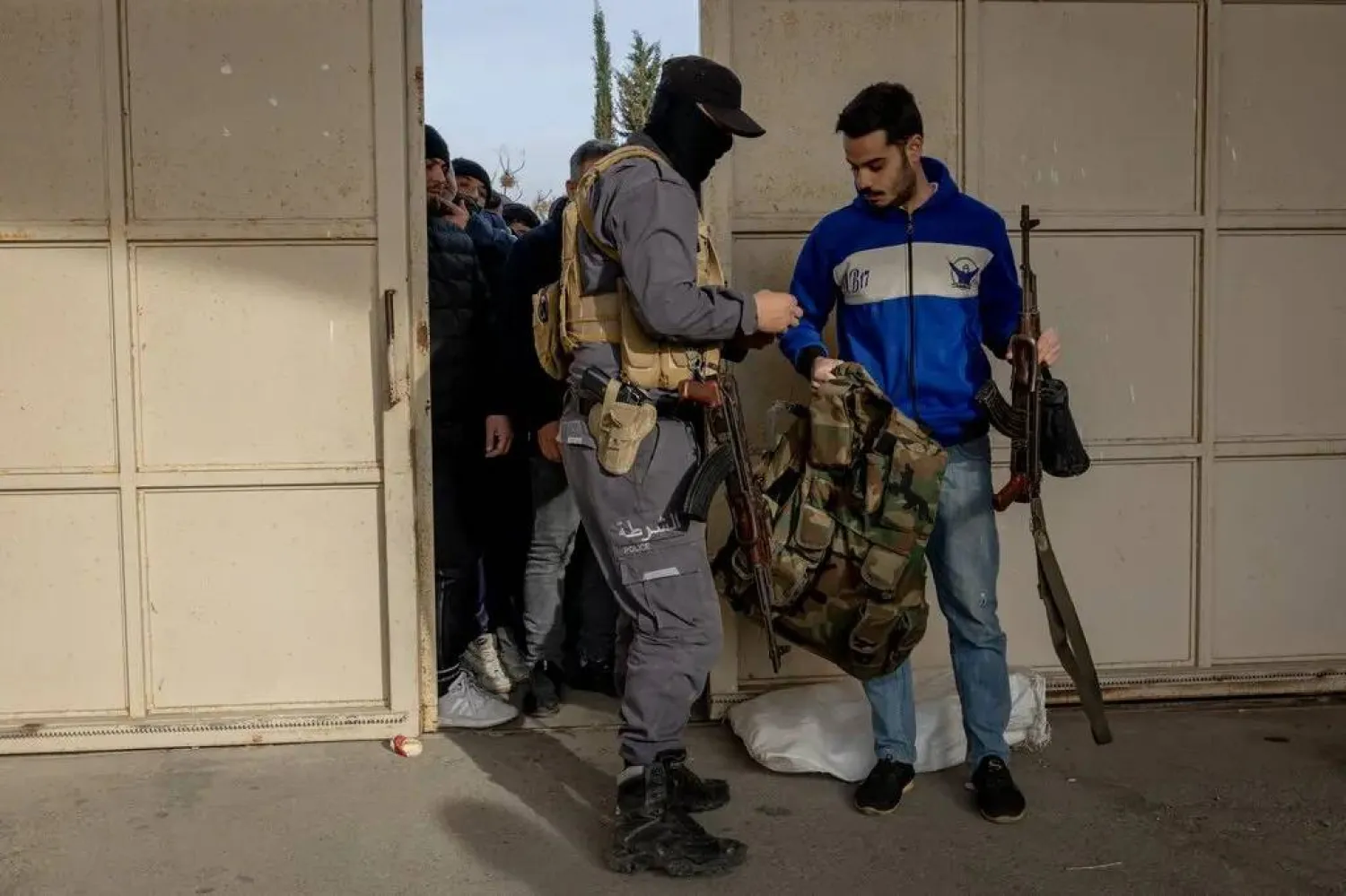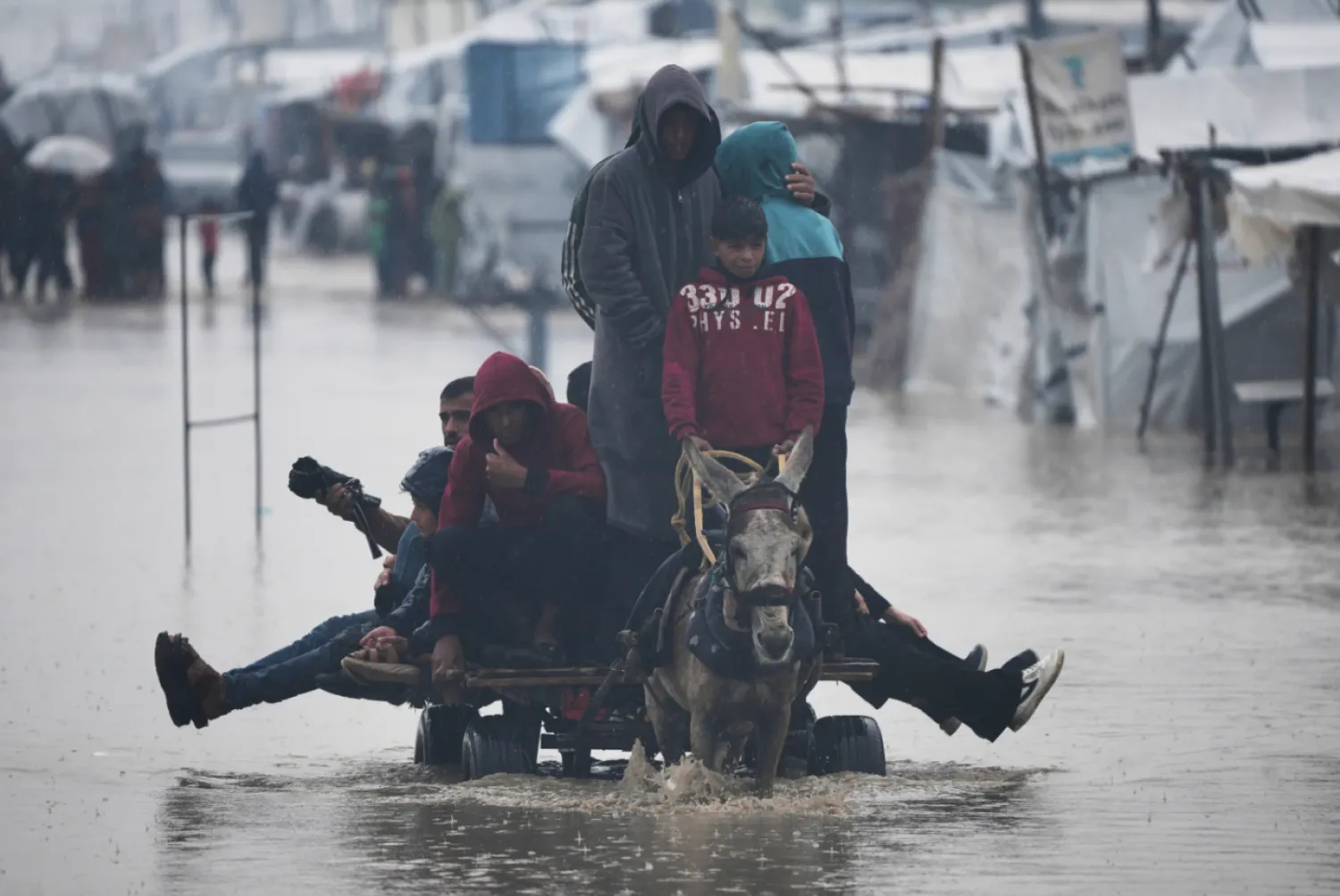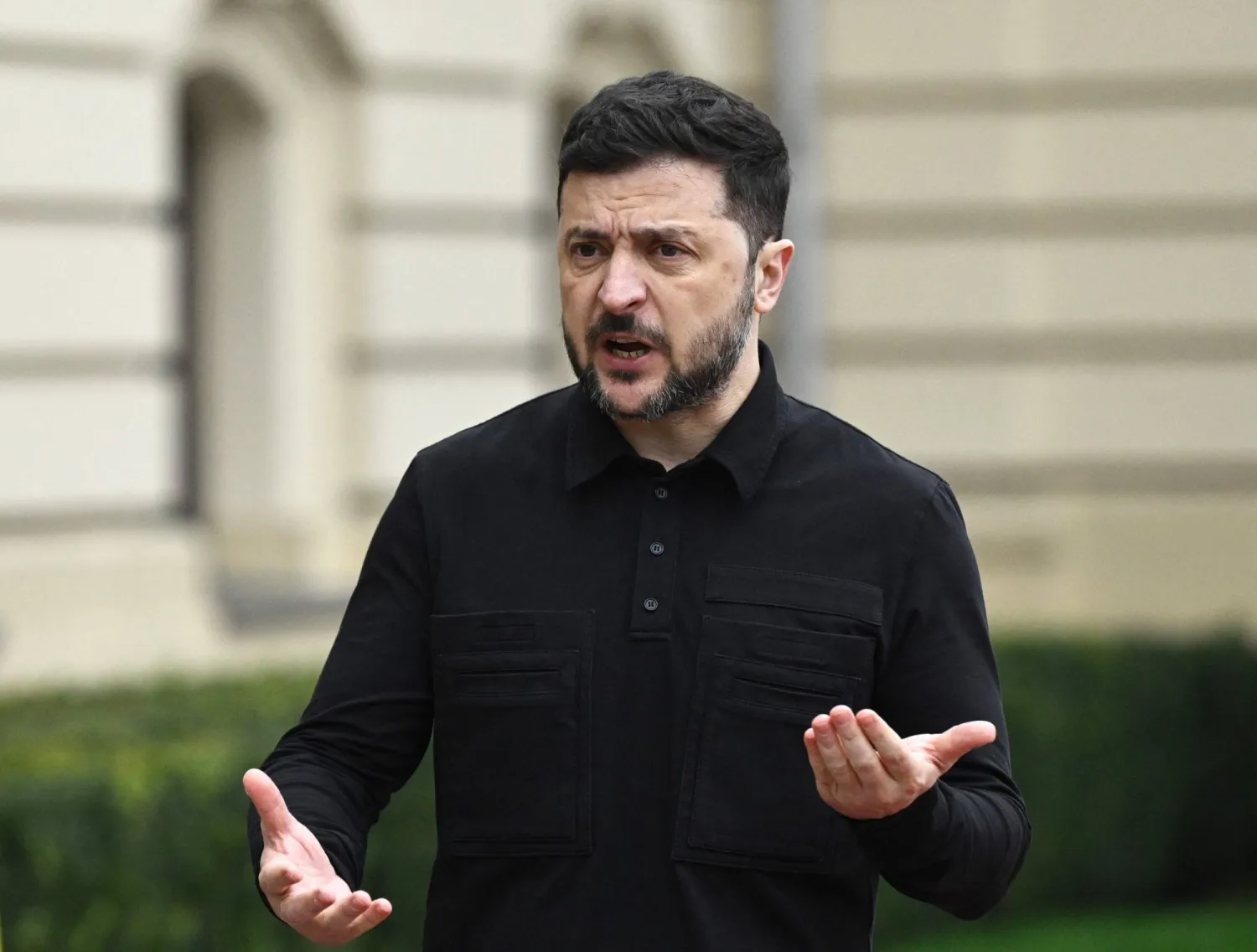“Occupying the language is the shortest way to occupy the mind and consequently, future decision-making. It destroys and erases the identity of societies,” said Asma al-Assad, the wife of Syrian President Bashar al-Assad, during a speech to students at a university in Beijing in late summer 2023.
The emphasis she placed on remaining attached to the mother tongue stands in contrast to how Russia has imposed the Russian language in Syrian public schools. The language was introduced nine years ago as Moscow expanded its influence in Syria.
Russian is facing stiff competition from Persian as Iran is the other foreign power vying for influence in the war-torn country. Russia and Iran want to control education in areas held by the regime to create a suitable environment for them to thrive and support their military influence at the expense of teaching the native language, Arabic.
Russian dominates
Even though Tehran was first to intervene in Syria’s war, years before Russia arrived on the scene, Persian has taken a backseat to Russian in public education. Russia succeeded in imposing its language as a third option besides English and French. Russia has managed to make strides in this area in the nine years since its intervention.
The trial period for teaching Russian took off in 2015 and was applied to 400 students living in coastal regions. The experience was then adopted at 217 schools in 12 provinces held by the government. By the seventh year, over 35,000 students had learned Russian with 200 teachers being recruited, revealed Syrian government reports.
Public education
Iran tried to follow in Russia’s footsteps in imposing Persian in state curricula in line with an agreement signed between Tehran and Damascus on exchanging expertise and training in the education, technical and academic fields and in rebuilding schools.
In 2021, Tehran managed to impose Persian only in public schools that it had renovated and helped resume operation. The past five years have witnessed the opening of Persian education centers in universities in Damascus and Homs and the Syrian military academy. They join other centers affiliated with the Khomeini seminary and its various branches in Syria, the al-Mahdi husseiniya in Damascus, Sayyida Ruqayya College and others.
Tehran has also opened branches of several Iranian universities in Syria, such as the al-Mustafa university, Al-Farabi university and others. Iran focused its activities on the Deir Ezzor province, especially in the areas of influence it holds in the cities of Alboukamal and al-Mayadeen bordering Iraq. These areas are Iran’s main political, cultural and social strongholds.
Exploiting poverty
Since 2018 and soon after the expulsion of the ISIS extremist group from the region, Deir Ezzor, Alboukamal and al-Mayadeen witnessed the opening of several schools, daycares and cultural centers that teach Persian and the Iranian religious ideology. They follow the example of the Iranian cultural centers in Damascus, Latakia and coastal cities.
The Syrian Observatory for Human Rights said in May 2023 said Tehran succeeded in exploiting the deterioration of the education system due to the war and drop in the number of staff and teachers due to corruption and low salaries in Deir Ezzor to “infiltrate” the education sector.
It said Iranian cultural centers are witnessing an “alarming” surge given their great power in influencing youths. It noted how the war destroyed a large number of schools in Deir Ezzor, while others lack basic facilities, such as appropriate classrooms, libraries and science labs.
Attracting children and youths
Local sources in Deir Ezzor said Iran managed to exploit the poverty and living crisis in regions under its control in eastern Syria to attract children and youths. It has lured them through financial aid, monthly wages, meals, food baskets and recreational trips. It has also provided free cources in vocational training, such as first aid, accounting, electric appliance maintenance and others. It has also held courses on “youth empowerment.”
Speaking on condition of anonymity, the sources said Iran boasts three schools in Alboukamal and one in al-Mayadeen for nine- to 15-year-olds. The schools include over 500 students. It also boasts Persian language learning centers in government-held areas in the Deir Ezzor and Raqqa countrysides.
Iran has hired Shiite Arab and Iranian teachers, including clerics, who speak Arabic. It also holds training courses to Syrian teachers on how to teach Persian, continued the sources. Russia has also sought to train Syrian teachers on how to teach Russian, dispatching them to Moscow where they are trained.
Iran is ultimately seeking to “form a local social environment that can fuel its need for people to join its militias” in Syria.
Food for education
Members of Arab tribes in Syria’s Deir Ezzor have expressed their concern over Iran’s infiltration of education and its exploitation of poverty to pursue this goal. Mohammed, from Muhasan in Deir Ezzor, said: “Some parents agree to enroll their children in Iranian schools in return for aid, not for the love of Iranian culture.” This opposition will not, however, prevent these institutions from brainwashing children and the youths in Iranian ideology and culture.
Other sources in Damascus said it was unlikely that Iran will succeed in spreading its culture in the eastern provinces given that the environment there is “historically hostile to the Persian culture” since the majority of the residents there are Sunni Arabs. The locals there will not provide a “secure and peaceful social environment to Iran,” especially with Russia competing with it in the education sector.
The sources revealed that Russia had offered at the beginning of the year three tons of aid to teachers in Deir Ezzor. It included stationery and books on teaching Russian that have benefitted 300 teachers.
Russian outpaces Persian
The sources said Iran’s attempts to infiltrate the education system in coastal regions have failed. They added that Tehran opened religious schools during the war, but they were all closed in 2017 after the Syrian Awqaf Ministry demanded that Syrian Sharia be included in official curricula and after parents complained of attempts to spread Shiism.
They noted that Russian is more popular in coastal regions where Russian forces are deployed and have mingled with the locals. The same applies in Aleppo, which is an industrial and business hub. Students who have learned Russian have an advantage and could have the opportunity to travel to Russia to pursue higher studies. Or they could remain in Syria and work at Russian ports, airports and industrial investments.
In the Damascus countryside and southern Sweida region, Russian forces are seen more as occupiers who have not integrated in everyday life even though they are preferred to the Iranians. The suspicions towards the Russians pale in comparison to the animosity towards the Iranians. But regardless, both Moscow and Tehran are applying what Asma al-Assad spoke of in Beijing about “occupying language” to erase societies and their identities.









